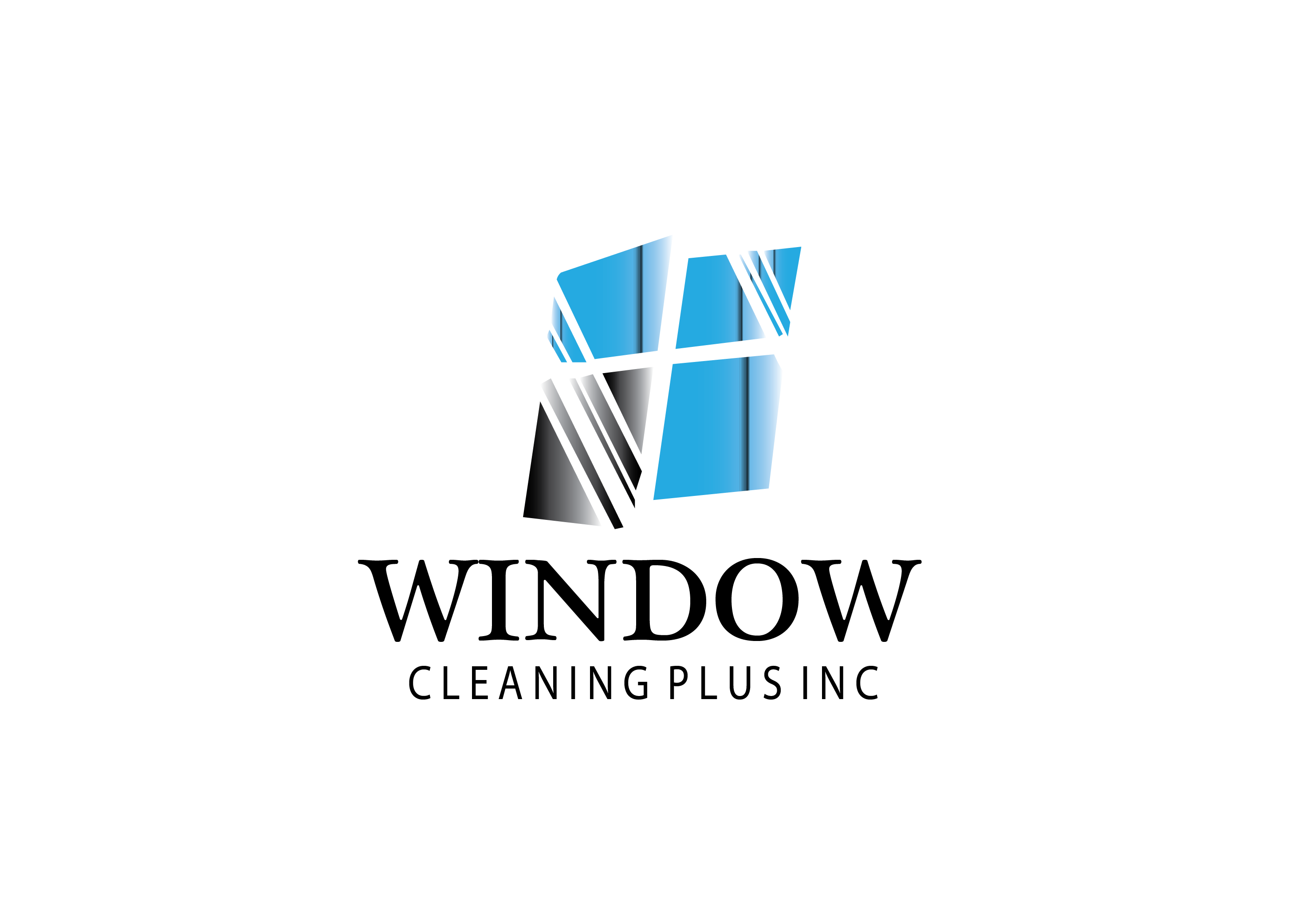I Have Hard Water! Help! Tips from your local SOKC/Moore Window Cleaner
We know a possible culprit, your sprinkler heads.
Properly designed and positioned sprinkler systems are essential for maintaining healthy, vibrant landscapes. However, an often overlooked aspect of irrigation planning is the potential for sprinkler heads to spray water on windows, leading to unsightly water spots, also known as hard water stains, and potential damage. To strike a balance between efficient irrigation and window protection, strategic placement of sprinkler heads is crucial.

Understanding the Issue
When sprinkler heads are positioned too close to windows or facing directly towards them, the result can be unwanted water spray hitting the glass surfaces. Over time, this can lead to mineral deposits and hard water stains, diminishing the clarity of your windows and potentially causing long-term damage. To prevent this, careful planning is required during the installation and design phase of your irrigation system.

Key Considerations for Sprinkler Head Placement
- Distance from Windows: The most straightforward way to avoid water spray on windows is to ensure an adequate distance between sprinkler heads and windows. Experts recommend a minimum distance of six to eight feet, although this can vary depending on factors like water pressure, wind patterns, and the specific type of sprinkler head being used.
- Angle of Spray: The angle at which the sprinkler head sprays water is another critical consideration. Adjusting the sprinkler head to direct the spray away from windows is an effective strategy. For instance, if your windows are positioned on the north side of your property, ensure that the sprinkler heads facing that direction are adjusted to spray away from the windows.
- Use of Windbreaks: Consider using natural or man-made windbreaks to shield windows from water spray. Tall plants, fences, or walls can help redirect the wind and prevent water from being carried towards the windows.
Practical Techniques
- Head-to-Head Coverage: When designing your irrigation layout, employ the “head-to-head” coverage principle. This involves positioning sprinkler heads so that their spray patterns overlap, ensuring even and efficient water distribution. By following this principle, you can minimize the need for high-pressure spray that might cause water to reach windows.
- Choose Appropriate Sprinkler Types: Different types of sprinkler heads have varying spray patterns. Select sprinkler heads that emit water in a manner that matches your landscape’s layout and watering needs. Pop-up rotary or gear-driven sprinklers are generally better at preventing overspray compared to traditional fixed spray heads. These type of sprinkler heads are better at pointing the water on the ground, where the water is needed, instead of spraying upwards.
- Regular Maintenance and Inspection: Even with careful planning, misalignments or malfunctions can occur over time. Regularly inspect your sprinkler system to ensure proper alignment, and promptly address any issues you encounter to prevent unintended water spray on windows.
What if you’ve already installed your sprinkler system, and do not want to replace it?
Good news! You can replace your sprinkler heads instead.
We recommend using sprinkler heads similar to these.

Notice the difference between the direction of the spray in the bubbler sprinkler above, and the pop-up sprinkler head at the beginning of the article. The bubbler floods the ground below, instead of spraying up and out. If you want to go down the sprinkler head rabbit hole, read this article.
Finally, sometimes chemicals might be necessary to remove the current hard water stains. There are several commercial chemicals designed to remove hard water, make sure you read the instructions before using them and wear any recommended protective gear.
Sometimes, depending on the severity of the stains, natural products like lemon juice or baking soda can also be applied to the window to remove the hard water. Water and baking soda can be mixed to produce a paste, to scrub the stains.

Some stains however are so severe they have actually damaged the glass, and will not come off. Glass replacement may be the best alternative.
Finally, professional window companies are equipped to remove most hard water stains, but there is always the possibility that the stains are too severe to remove, and glass replacement is the best solution. Ask your window cleaner about the hard water stains before service begins, to best manage your expectations.
Would you like to see a typical day in the life of a local window cleaner? Check out our youtube channel here.
